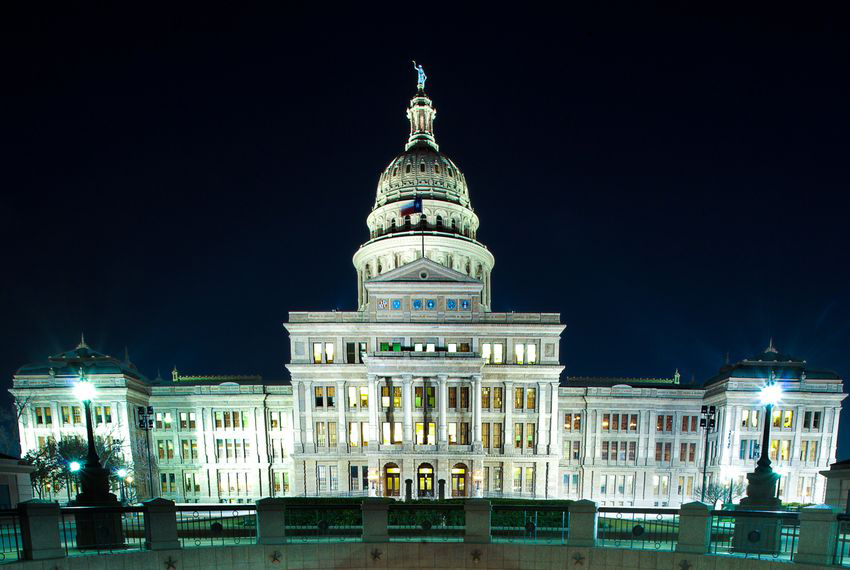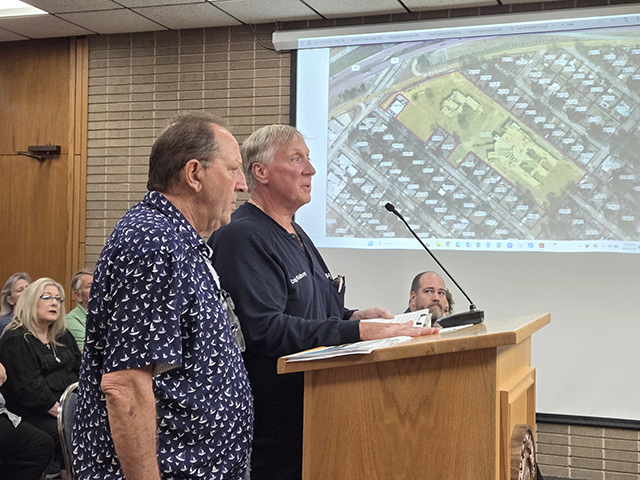Texas House advances resolution to allow Texans to vote on daylight saving time
Published 5:54 pm Tuesday, April 23, 2019

- Legislators at the Texas Capitol have been debating about "Texas Time" for years. (Bob Daemmrich for The Texas Tribune)
The Texas Tribune
texastribune.org
What should be the future of “Texas Time”?
Legislators have been battling over this question for decades — and soon Texas voters may get to decide.
On Tuesday, The Texas House passed the first proposal in a two-part legislative plan that would kill twice-a-year time changes and let voters decide in November on Texas’ permanent time. The measure passed on a 133-9 vote.
Proposals to end the back-and-forth time changes have often failed because Texas lawmakers can’t agree on what the state’s permanent time should be: year-round daylight saving time or year-round standard time. Daylight saving time would provide an extra hour of sunlight in the evening whereas standard time would offer an extra hour of sunlight in the morning.
“We shouldn’t be subject to our own prejudice or preference on this. We should allow voters to make the decision,” said San Antonio state Rep. Lyle Larson, the author of the resolution. “I think it’s time to allow the voters to make the decision on whether they want standard time or daylight saving time.”
If both parts of the legislative package are approved by the Legislature, then Texans will see two propositions on their ballots this November.
The first proposition — which would be added by House Joint Resolution 117 — would ask whether a referendum on daylight saving time may take place. The Texas Constitution does not permit a statewide referendum on the issue, so this first question would be necessary for voters to weigh in on the second proposition.
The House will debate the second part of the legislative package on Wednesday, which would prompt the second ballot question: voters’ preference between year-round daylight saving time or year-round standard time.
No matter what Texans pick, the legislative package would nix the current twice-a-year time changes.
While voters would get to weigh in and decide the future of Texas time, there’s a key caveat. If they chose year-round daylight saving time, the state of Texas would need federal approval for this decision — but pending legislation in Congress could squash the need for that approval.
Texas lawmakers have debated the issue for years. A 2015 bill that would have abolished daylight saving time reached the House floor but didn’t pass — though it came closer to becoming law than any similar proposal in recent years.
Critics of daylight saving time, like Larson, say the practice is antiquated and often cite the example of children waiting at their school bus stops early in the morning as a public safety issue. But proponents of the practice revel in the extra hour of afternoon daylight for recreation purposes.
HJR 117 now heads to the Senate. Unlike regular bills, it would not require the governor’s signature.
The Texas Tribune is a nonpartisan, nonprofit media organization that informs Texans — and engages with them – about public policy, politics, government and statewide issues.





